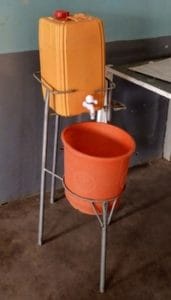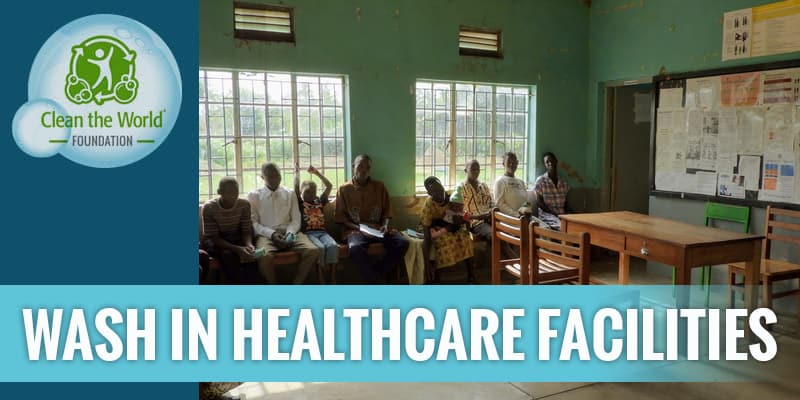WASH in Healthcare Facilites
When we’re sick, we trust our doctors to make us better – this is true almost anywhere you go. But in many countries, the place we go to get better can be the same one that makes us sick.
In thousands of healthcare facilities around the world, there is no access to basic necessities, including water, sanitation, hygiene, health care waste management and cleaning (WASH) services. This means that almost 900 million people are using healthcare facilities without water service and 1.5 billion people are using facilities with no sanitation. With no way to clean the environment where patients are treated and no place to wash hands or instruments, it’s no wonder why 15.5% of patients in healthcare facilities in low- and middle-income countries develop one or more infections during a hospital stay. That’s double the number of healthcare-associated infections in high-income countries. This, in turn, leads to the spread of antimicrobial-resistant infections and negates efforts to improve child and maternal health.

In a study conducted in 2014 by the World Health Organization and the United Nations, over half (52%) of the countries surveyed on national policies on WASH in healthcare facilities did not have targets for hygiene in facilities and over a third did not have targets for sanitation (35%) or water (44%). This is indicative of a problem larger than the initial lack of adequate WASH. The neglect of policy planning and development poses a threat to the progress toward the Sustainable Development Goals (SDGs).

These astonishing numbers highlight the reason why the UN’s Secretary General made a call to action for WASH in all healthcare facilities by 2028. In support of this and the UN’s SDGs, The WASH Foundation is starting our first WASH in Healthcare Facilities program at the end of May this year. Set to take place in Merikit, Uganda, this 9-month program will help supply clean water, build new latrines, and provide hygiene necessities and education to a healthcare facility serving a catchment area of approximately 15,255 people.
This program will differ from our WASH in Schools programs with an emphasis on the overall hygiene of the clinic and the use of proper protective equipment. This focus includes proper disposal of waste, sorting between rubbish, sharps, and biological waste; developing an assigned management system with staff designated for waste and inventory; maintaining a certain amount of water for every inpatient and outpatient at the facility; continuous, proper disinfection and sanitization; and using and maintaining proper personal protective equipment (PPE).
By the end of the program, we hope to improve the quality of health throughout the community and dramatically reduce the prevalence and incidence rate of hygiene-related illnesses. Stay tuned as we provide updates throughout the program on our social media, newsletter, and blog.
Help us get viral by sharing this page.


